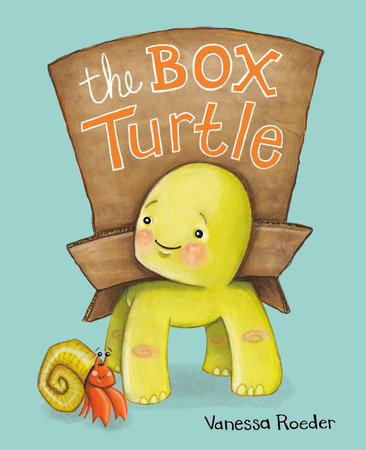More Than Your Shell: On Helping Kids Embrace Inner Beauty
by Vanessa Roeder
When my daughter was seven years old, she came home from soccer practice clearly downhearted. When pressed, she told me what a teammate said: Her teeth were too yellow. My heart broke for her. As parents, we strive to keep our children safe, but we can’t always be there to protect our kids from unkind words. I tried to console my daughter. I told her that she has a beautiful smile with nice, strong, healthy teeth. I fumbled through an explanation of why she shouldn’t let someone else’s criticisms define her. On the inside, though, I worried. From my youth, I’ve struggled with the concept that my self worth was directly related to my physical appearance. The idea began when I was eight years old, with small, hurtful words, and grew into a beast that I still battle even today.
When I became a mom, I was terrified that this concept would take root in my daughter. I wanted to protect her little ears from harsh words that might skew her idea of self worth. I wanted to shield her little eyes from unrealistic beauty standards perpetuated by magazines, television, and movies. I wanted to guard her little heart from being broken by the notion that she didn’t measure up in some way. Enter social media, and the battle became exponentially greater.
Everyday we are bombarded with people living their “best life,” all told through filters which only highlight the “best” parts: best angles, best locations, best outfits, best hair. Rarely do we get a glimpse of reality. On social media, outer beauty reigns. How, then, can we teach our kids that they are much more than their appearance? We can start by modeling kindness, empathy, and self-acceptance in our own lives. Kids are incredible mimics, so be mindful of what you say, even when you think your kids aren’t listening. If we are constantly putting ourselves down, our kids will follow suit. Instead, adopt a positive attitude when it comes to your own self-worth. Additionally, strive to teach your children to see the inner beauty in themselves and in others. There’s beauty in strength, goodness, gentleness, perseverance, and kindness. Praise kids for their acts of kindness, like sharing with a friend or helping a family member without being asked, and talk to them about how it makes them feel.
When I set out to write my book, The Box Turtle, my main goal was to write a funny story. The concept, a turtle who wears a box because he was born without a shell, seemed like the foundation for a lot of laughs, but as the story evolved it transformed into a book about self-acceptance. When Terrance is mocked for being different, he abandons his “shell,” a cardboard box that he had loves, to search for something better. His journey takes him through quite a few shells: a mailbox, a hat box, a jack-in-the-box, and even a kitty litter box, but nothing fits. Then, an act of kindness spurs Terrance toward self-acceptance. In the pivotal moment, Terrance’s constant companion, a hermit crab, gives up the shell on of his own back hoping to please his friend. In that moment, Terrance understands that there is so much more to this little crab than just his shell, and maybe the same is true for the little box turtle. There’s a lot to unpack in The Box Turtle, as it touches on issues like bullying, embracing differences, and self-acceptance. As you read, you can ask children how the characters are feeling as the book progresses, talk about the effects of bullying versus choosing kindness, discuss what it means to be more than just your shell, and hopefully share a few laughs along the way.
It’s a hard thing we are tasked with as parents, to teach our children to be confident in their own skin and to embrace their inner beauty more so than their outward appearance. Mind you, there’s nothing wrong with telling your kids they are beautiful. I tell my kids they’re beautiful all the time. But I also make it a point to tell them they’re smart and funny, that they have strong minds and good, kind hearts. Hopefully, in doing so, they’ll begin to understand that there’s so much more to them than just their shells.

